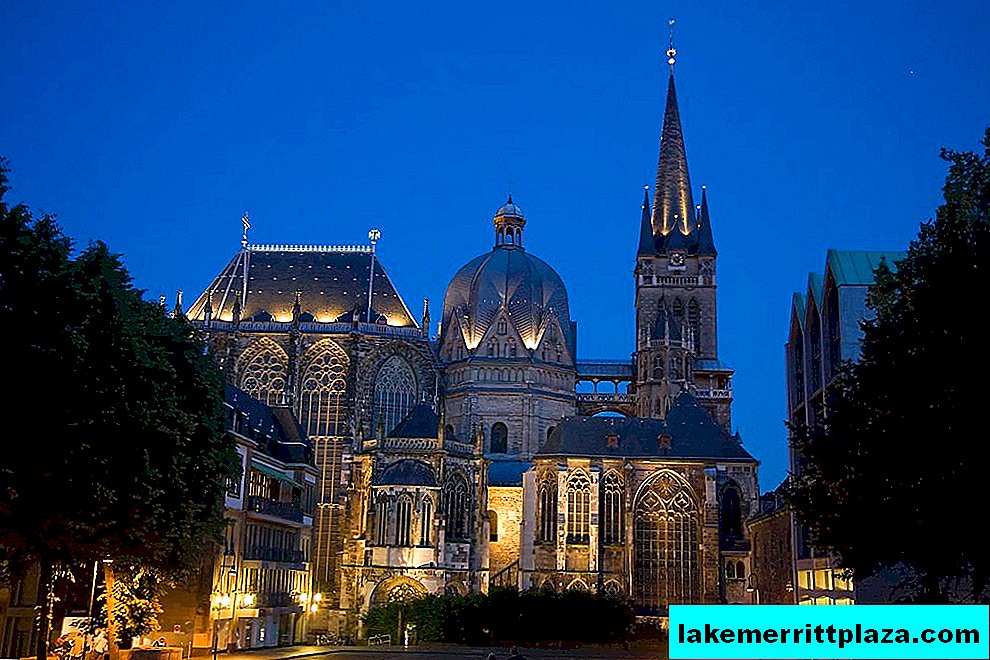Kreuzkirche is the main Protestant active church. It is the center of sacred music in Dresden, famous for organ concerts and a choir of boys.

Kreuzkirche, photo by Franz Reichard
Not far from the Frauenkirche church on the Old Market Square is the main Protestant church of the city - the Church of the Holy Cross (Kreuzkirche - German: Kreuzkirche). This is the largest church in Saxony and one of the oldest buildings in the city.
History of the construction of the church
In 1168, on this ancient prayer place, the Romanesque Basilica of St. Nicholas. Five times the church was destroyed or completely burnt, it was restored and rebuilt. It was named so in 1388 in honor of the relic stored here - particles of the cross on which Christ was crucified.
Kreutskirche acquired the modern look in 1792. The building style is late baroque with elements of classicism. Fire in 1897 completely destroyed the interior of the church. But three years later it was restored, and the bell tower was completed to 92 meters and decorated with five bells, which were cast at the end of the XIX century. and survived to this day.

Church interior, photo by Panda andaluz

Altar of the Holy Cross, photo by chuckmo8
Church today
In February 1945, the church was again destroyed - only the tower and external walls remained. The restoration lasted from 1946 to 1955. The outer building envelope of the church was recreated in accordance with historical documents, the interior decoration was emphasized simply and without sculptural and architectural decorations.

Before the concert, photo LvE
Kreutskirche is actively involved in the social and musical life of the city. She is famous for weekly organ concerts. Over 700 years of worship are accompanied by the singing of the world famous boys choir of the Church of the Holy Cross.

Top view, photo by Marcos Cruz
How to get there
Take trams 8.9, 11, 12 to the Prager Straße stop.








